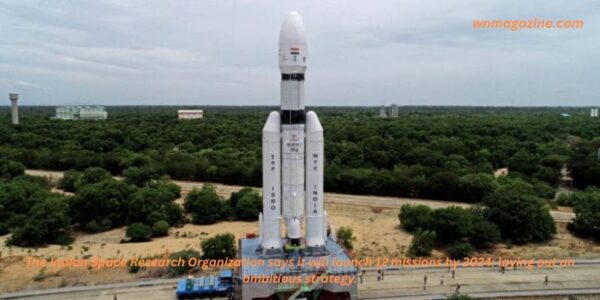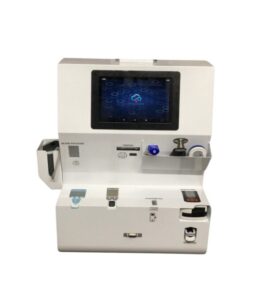The Indian Space Research Organization says it will launch 12 missions by 2024: laying out an ambitious strategy.
2 min read
The Indian Space Research Organization says it will launch 12 missions by 2024: laying out an ambitious strategy.
In 2023, the Indian Space Research Organization (ISRO) achieved a groundbreaking milestone by conducting seven missions, including the historic landing of Chandrayaan-3 on the lunar south pole and the development of Aditya-L1, India’s inaugural sun observatory. Chairman S. Somnath revealed plans for at least 12 launches in 2024, surpassing previous records, with potential for more missions contingent on hardware production and testing capabilities.
Also Read: well health tips in hindi wellhealth
The noteworthy missions of 2023 also featured a significant technology demonstration, paving the way for upcoming endeavors such as the Gaganyaan spacecraft and a reusable launch vehicle. Chairman Somanath emphasized that 2024 would be dedicated to preparing for the Gaganyaan mission, heralding it as the “year for Gaganyaan.” The Gaganyaan mission, slated for potentially 2025, aims to execute India’s first human space flight, with a crew of three astronauts orbiting 400 kilometers above Earth’s surface for three days.
Preceding the manned Gaganyaan mission, ISRO plans to conduct crucial tests, including an unmanned flight and a test flight featuring a humanoid robot named Vyomitra. The development of vital technologies, such as a crew-safe launch vehicle, life support systems, and an emergency escape system, is imperative for the success of the Gaganyaan expedition.
ISRO’s preparations for lunar missions were underscored by the successful return of the Chandrayaan-3 propulsion module from lunar orbit to Earth’s orbit. This demonstration highlighted ISRO’s capability to safely transport and retrieve objects from space. Parallel experiments, including the September 3 “hop experiment,” assessed India’s moon mission readiness and systems for returning samples to Earth.
Also Read: wellhealthorganic vitamin b12
Additionally, ISRO conducted crew module recovery experiments in Kochi, Kerala, in collaboration with the Indian Navy on February 7 of the preceding year. On July 19, the Gaganyaan service module propulsion system underwent testing at the propulsion complex in Mahendragiri, Odisha. These tests contribute to the foundation for future lunar missions, aligning with Prime Minister Narendra Modi’s approved mission to transport and safely return humans to the moon by 2040.







